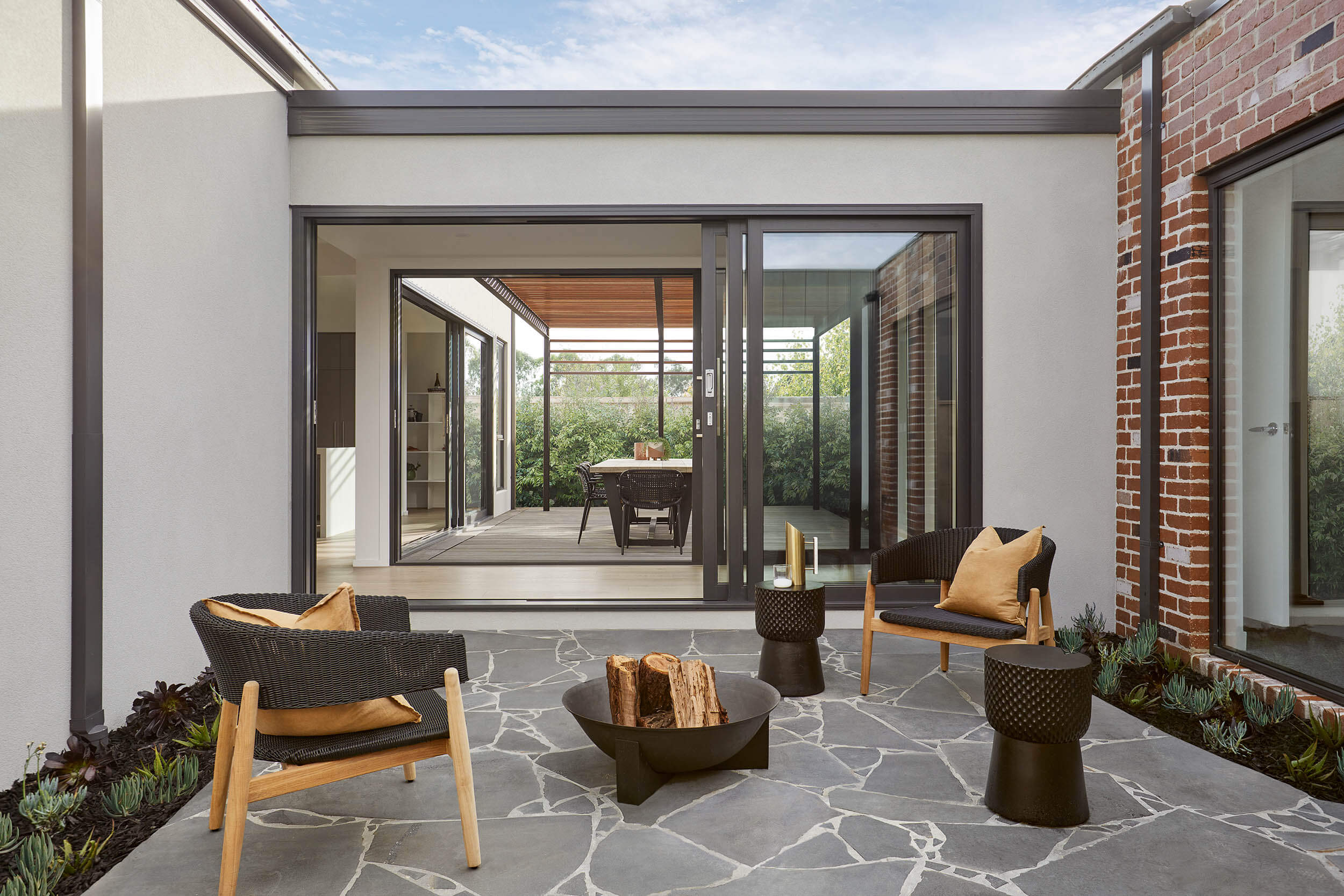A More Sustainable Future for Home-Buyers

While clean energy has been on the wishlist of many home-buyers, it’s often sat just outside their budget. But, here at Arden, we’re on a mission to change that.
We’re thrilled to announce that every Arden home now includes an energy-saving solar panel system – at no extra cost to our customers.
Installed by RACV Solar, the solar panels will help reduce the carbon footprint of the household and significantly reduce energy bills.
“As a business that’s striving to take an industry-leading position on sustainable homes, aligning with RACV Solar just makes a lot of sense for us, as well as our customers,” Arden Homes Director, Dean Morrison said.In addition to the solar panel system, customers will have the option to upgrade their system by adding battery storage. This promises further cost savings and backup electricity during unexpected power outages.
“It’s really not until you move into an all-electric, battery-storage house that you understand the benefits of these features and the lifestyle they can provide,” Dean explained.
And while it’s clear that this new inclusion of a solar panel system will help with customers’ power bills, we wanted to understand the benefits more deeply.
It’s no secret that both Arden and RACV Solar are excited about this announcement, but what does it really mean for homeowners? How much can the average family expect to save per year?
By installing solar, households can save on their energy bills, reduce their carbon footprint and achieve greater energy independence and security.
According to Solar Vic, a typical household stands to save up to $890 a year on their electricity bills when installing a solar panel system and $640 a year with a battery.
Electricity usage makes up a large chunk of the average household’s carbon footprint.
The electricity grid is made up of a mixture of fossil fuels (~70-80%) and renewable energy. It’s not possible to separate the electricity that comes from fossil fuels from the electricity that comes from renewables. So, the only way to really use renewable energy in your home is by generating it yourself.
Solar panels work by generating clean, free solar power for households to use during the day, rather than buying electricity from the grid. And with a battery, households can also store excess solar power generated during the day to use at night.
This means they could power their home on solar power day and night, and significantly reduce or, in some cases, even eliminate how much electricity they have to buy from the grid.
Plus, it can give homeowners the ability to keep the lights on during a power outage.
What things should consumers consider when deciding on the right solution for their needs?
There’s a lot to consider when it comes to installing solar, from the size of the system and which products you use to the installer you choose to install the system.
We’ll work with you to design the right system for you based on your current and future energy consumption, your home and your roof.
We’d love to know a bit more about RACV Solar – how long have you been building solar solutions in Victoria?
RACV Solar is one of Australia’s largest solar companies. For over 10 years our team has installed thousands of solar systems across the state and east coast of Australia, working with both businesses and residential customers.
Is working with partners that prioritise sustainability important to RACV Solar?
Absolutely. Partnering and working with organisations that share our values – like building a clean, resilient and sustainable future – is really important to RACV Solar.
How important is solar to the future of Melbourne’s energy needs?
As the City of Melbourne works towards its targets of net zero emissions by 2040, cleaner energy sources including solar power will play a key role in the transition.
Solar provides the opportunity to support cleaner energy while also lowering the cost of living or business operations.
Do homeowners have the opportunity to push unused energy back to the grid? What are the advantages?
When your solar panels are generating electricity, they’ll first be used to power your home. Any excess solar power you’re not using at the time will then be sent to the grid and you’ll be paid a feed-in tariff from your power company for this exported solar power.
However because feed-in tariffs are less than what you pay when you buy electricity, many households also choose to install a battery with their solar panels.
With a battery, any excess solar power you’re not using during the day can be stored in your battery, before it’s exported to the grid, so you can use it later on. This means you can use more of your own free solar power and can minimise the amount of electricity you have to buy from the grid in the evening.
__
If you’re keen to explore a sustainable home with Arden, don’t hesitate to get in touch today!